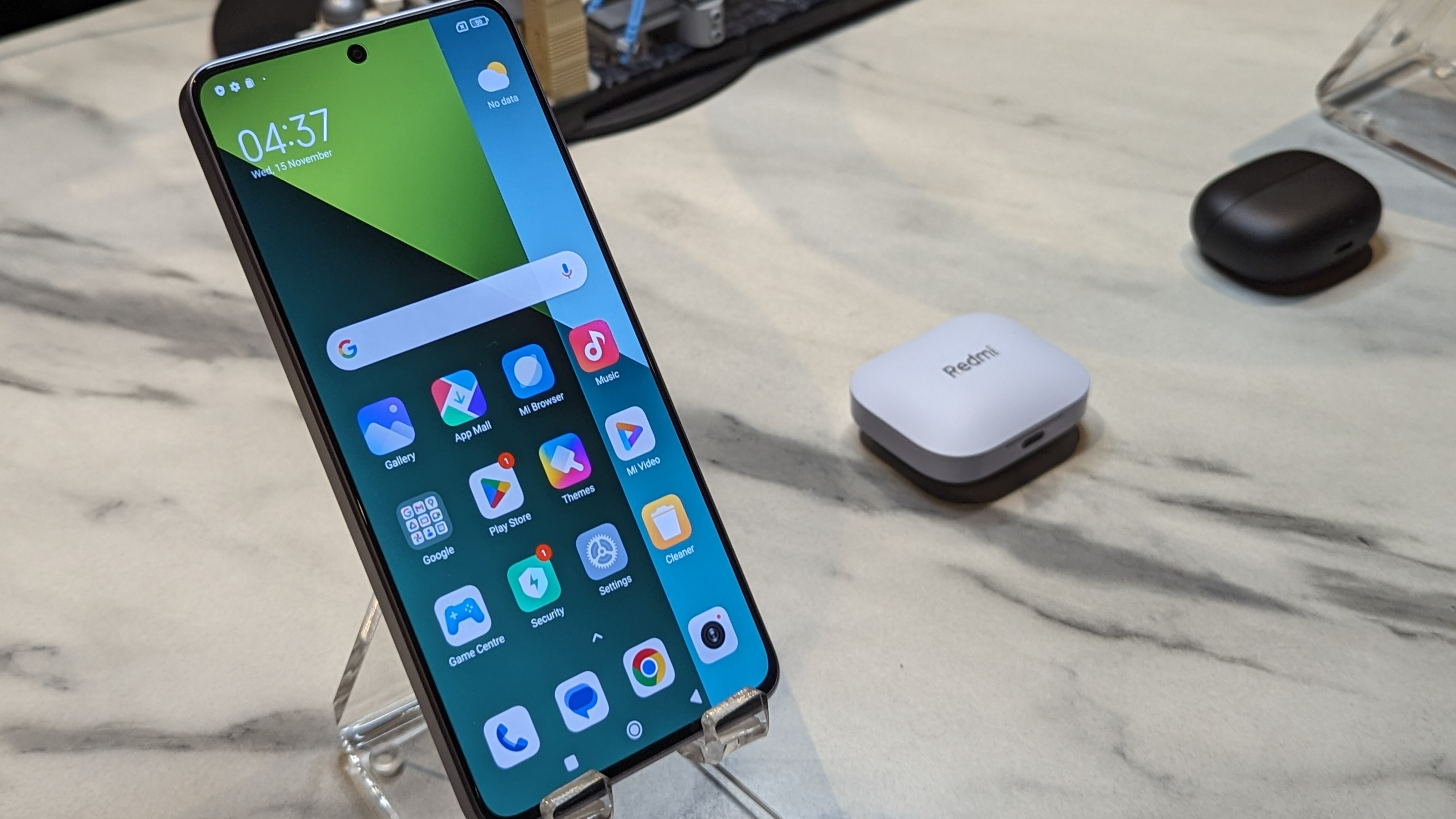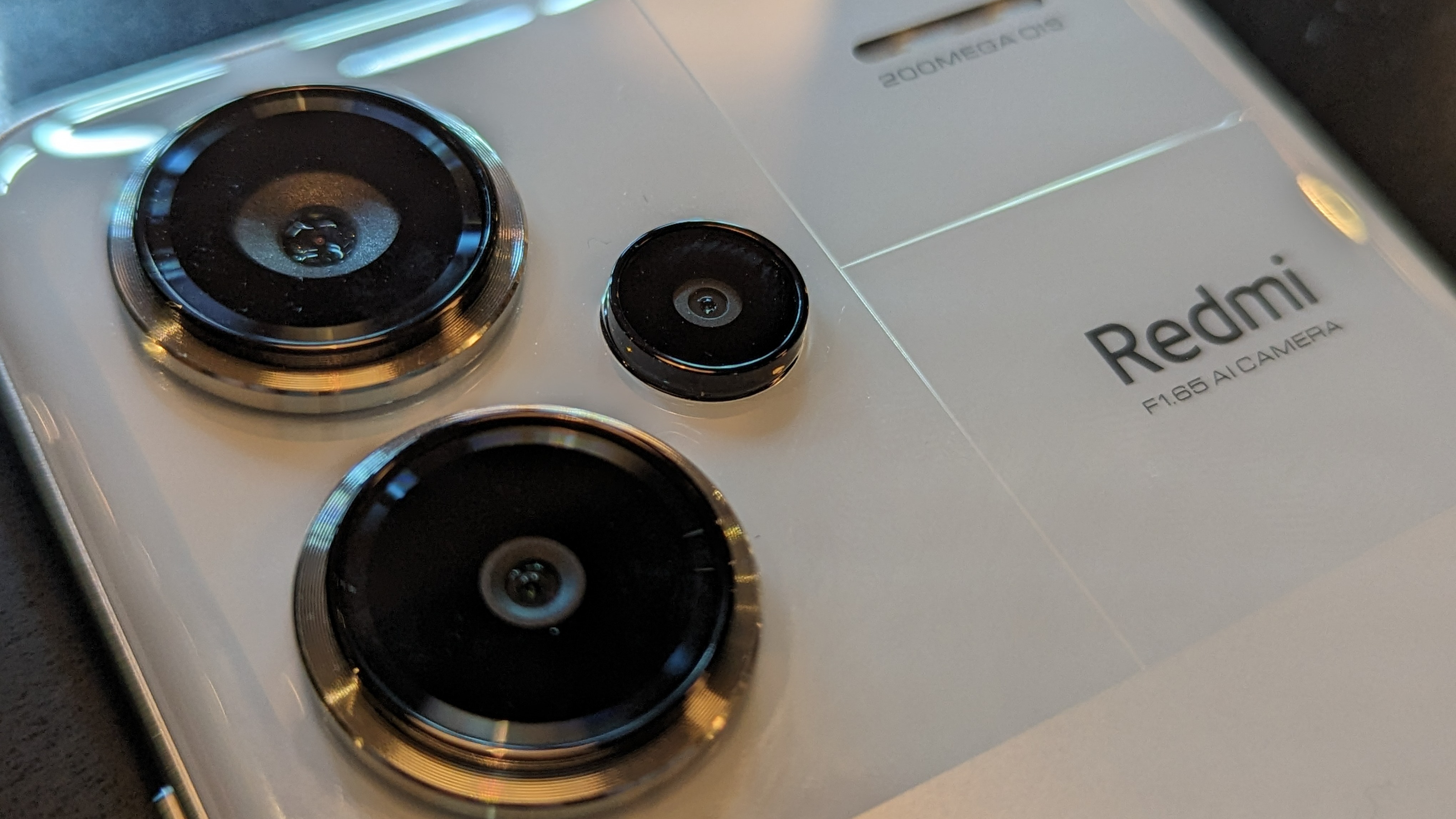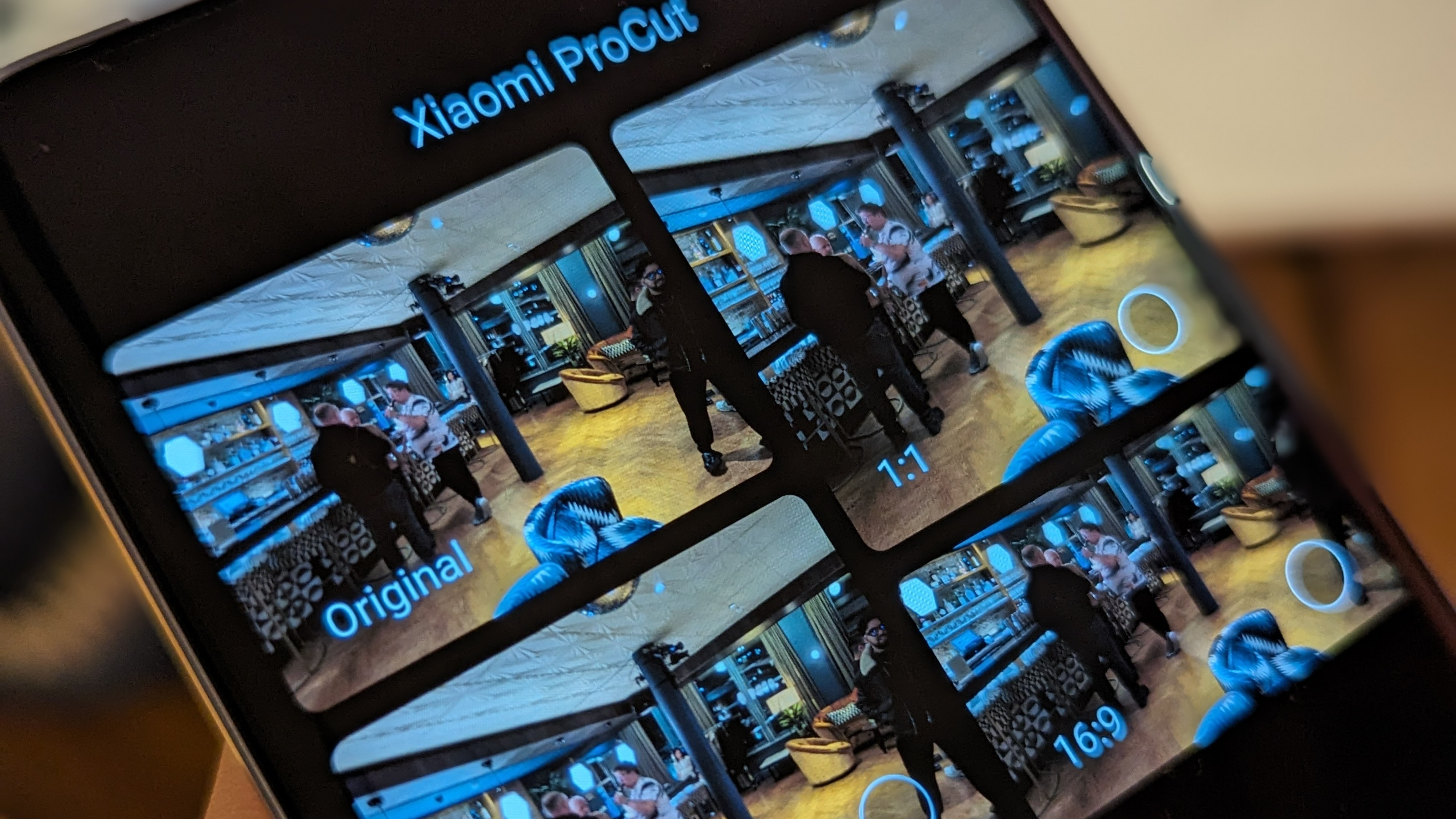
Xiaomi's latest Redmi Note 13 line-up packs an impressive punch for its price with particular attention to its cameras and some intriguing AI features. And they could be potential affordable alternatives to the Samsung Galaxy S24 lineup.
The Redmi Note 13 Pro and Redmi Note 13 Pro Plus are two of the premium models from the five-strong new Redmi Note 13 series that were released in January.
I took both the Redmi Note 13 Pro 5G and Redmi Note 13 Pro Plus for a spin and wasn’t sure what to expect from a brand better known for its affordability rather than its flagships. But I was pleasantly surprised.
Fantastic plastic and a speedy screen
I was initially struck by how lightweight the new Redmi Note phones both were. This was due to both models featuring a plastic frame, and the Redmi Note 13 Pro 5G using a plastic back and weighing only 187g, while the Pro Plus is a more standard 204g. This raised fears of them breaking easily if i dropped them during my hands-on, but they seem relatively robust and are protected by Gorilla Glass Victus on the screens.
Dust and water protection differs between the models with the Pro supporting IP53 rating and the Pro Plus receiving more protection with IP68. Basically, more than enough to withstand being caught out in the rain.
Both were sleek and smooth-looking devices that didn’t feel uncomfortable or difficult to hold however the Pro Plus stands out from the pack a little due to the slightly curved shape, while all other models sport a flat edge design.
The top of the Redmi Note 13 Pro Plus sports a speaker, microphone, and IR blaster, while on the bottom there is another speaker, microphone, and SIM tray. Meanwhile, power and volume buttons are on the right-hand side. All fairly run-of-the-mill. I was surprised to see a 3.5mm audio jack in the Redmi Note 13 Pro, as most phones have phased them out for Bluetooth connectivity but they do offer another option to extend the battery life when listening to music.
The display on both the Redmi Note 13 Pro 5G and Pro Plus is a glossy and bright 6.67 inch, 120Hz AMOLED screen with small bezels that I didn’t get to test with any streaming or gaming but still looked colorful and sharp.
One aspect I found annoying was the Pro was especially susceptible to picking up fingerprints and smears, which isn’t a dealbreaker for most people.
The next element my eyes were drawn to on both models was the large camera model on the back.
Capable cameras

The Redmi Note 13 series has a strong focus on photography and the Pro and Pro Plus illustrate this best with their respective triple camera system featuring a 200-megapixel main camera, 8MP ultra-wide camera, and 2MP macro camera as well as a 16MP front camera, supported by an optical image stabilization.
This enlarged camera module is a lot more prominent than the previous Redmi Note 12 Pro, and replaces the 50-megapixel camera with an upgraded 200-megapixel main camera on both models.
I was impressed with how much detail the Redmi Note 13 Pro Plus managed to retain when I pushed the zoom to its full 4x focal range which is where the optical image stabilization came in handy, especially in dim lighting environments.
Sign up for breaking news, reviews, opinion, top tech deals, and more.
The inclusion od a 2MP macro camera seems a tad pointless, with macro cameras really adding much to the overall smartphone camera experience. Ultra-wide cameras are more commonly used for macro photography in the best phones you can get these days.
Shots taken in 200-megapixel mode can generate different crops using Xiaomi ProCut 2.0, to suit several different aspect ratios. which is handy for shooting social media content. Color reproduction was a little dull though not completely washed out, which gave a more natural true-to-life feel.

Unsurprisingly AI effects are also a key feature, like a beautify option that allowed me to edit certain features of a selfie like the shape of my face and size of my eyes. This looked unnerving when I tried it, but after a bit of practice produced some pleasing but subtle results.
I also saw a demonstration of the AI Sky Replace tool, which helped replace a grey washed-out, bland sky with some striking dramatic skies that looked good, and a couple looked a little heavy-handed. You can also erase unwanted people from shots much like the the Magic Eraser function in recent Google Pixel, models. I saw mixed results with it sometimes working quickly and other times not at all.
Low light performance was better than I expected due to the larger-than-usual 1/1.4" sensor, which can gather more light in a single shot which was evident in the dimly lit space I used the phone. I also loved some retro-looking filters in video mode that were fun but I didn’t get to try all of them out.
The Redmi Note 13 Pro and Note 13 Pro Plus aren't likely to challenge the Galaxy S24 series in a pure smartphone photo shootout, But there's some interesting potential here, especially given the price (more on that later).
In terms of camera layout, the Redmi Note 13 Pro Plus and Redmi Note 13 Pro feature an attractive three-camera squared design. However, I noticed it protrudes slightly on the Redmi Note 13 Pro 5G and prevented me from laying the phone down flat, while the Pro Plus seems to integrate its camera system a little better.
Specs flex

The Redmi Note 13 Pro 5G uses the Snapdragon 7s Gen 2,while the Pro Plus uses a MediaTek Dimensity 7200 Ultra chipset.
Both 4-nanometer chips' performance lags behind the latest Snapdragon Gen 3 and Gen 2 chips, so won't' bother the Galaxy S24 in terms of benchmark. But in everyday use that may not matter as both chips are still high-performance slices of silicon
I couldn’t see much of a difference between the two in terms of performance in my limited time with both units, but the Dimensity chip should have the edge in gaming and performance. I did notice the occasional stutter from both models especially on the Pro using the Snapdragon when I was playing with the camera and AI features but nothing too egregious; this could also be down to software optimization.
Both devices were supplied with the latest MIUI version 14.0.2 based on Android 13 and not Android 14 that's rolling out currently to recent devices.
It’s hard to tell if it was because these were demo models, but there were quite a few preinstalled apps like TikTok, Spotify, and AliExpress that should be removable.
There are two versions of the Redmi Note 13 Pro 5G and the Redmi Note 13 Pro Plus both include 8GB RAM, 256GB, and 12GB RAM and 512GB storage models.
I didn’t get a good idea of battery life due to my limited time with the devices, however the Redmi Note 13 Pro Plus houses uses a 5,000mAh battery that uses fast 120W HyperCharge that claims to fully charge the phone in 19 minutes.
Meanwhile, the Redmi Note 13 Pro 5G has a slightly larger 5,100mAh battery with 67W turbo charge, which isn’t as fast as the Plus model but is still very quick, fully charging the phone in 44 minutes and both include a charger in the box.
So both phones have the capacity and charging speed to beat a Galaxy S24, and likely a good few other of the best Android phones when it comes to battery endurance.
A sharp price
While I’m yet to see the whole range, what I’ve seen so far from the Redmi Note 13 Pro and Pro Plus was impressive. Prices seem very reasonable given the potential quality of the Redmi Note 13 range, with the Redmi Note 13 Pro Plus starting at £449 / $400 / AU$605 for the 12GB RAM and 512GB storage version.
The Redmi Note 13 Pro 5G starts at much cheaper £339 / $304 / AU$460 for the 8GB RAM with 256GB storage version. The Redmi Note 13 Pro Plus 5G and Redmi Note 13 Pro 5G are goth available now from select retailers. But we suggest you wait for our full review before you make the jump and get one.
But so far the prognosis is we could be looking at a brace of phones that offer specs and features that could snap at some of the latest flagship phones without having the price tag to match. That's all promising stuff.
You might also like
James Ide was a writer for TechRadar specializing in phones and tablets, having previously worked at The Daily Mirror since 2016, covering news and reviews.
James loves messing with the latest tech, especially phones due to their incredibly rapid pace of development.
When not surrounded by various devices and/or tinkering with gadgets while putting them through their paces, James has a love of handheld consoles.
He is almost the textbook definition of a geek, who loves sci-fi, comics, games and of course, all things tech. If you think you have a story for him or just want to challenge him at Smash Bros, get in touch.